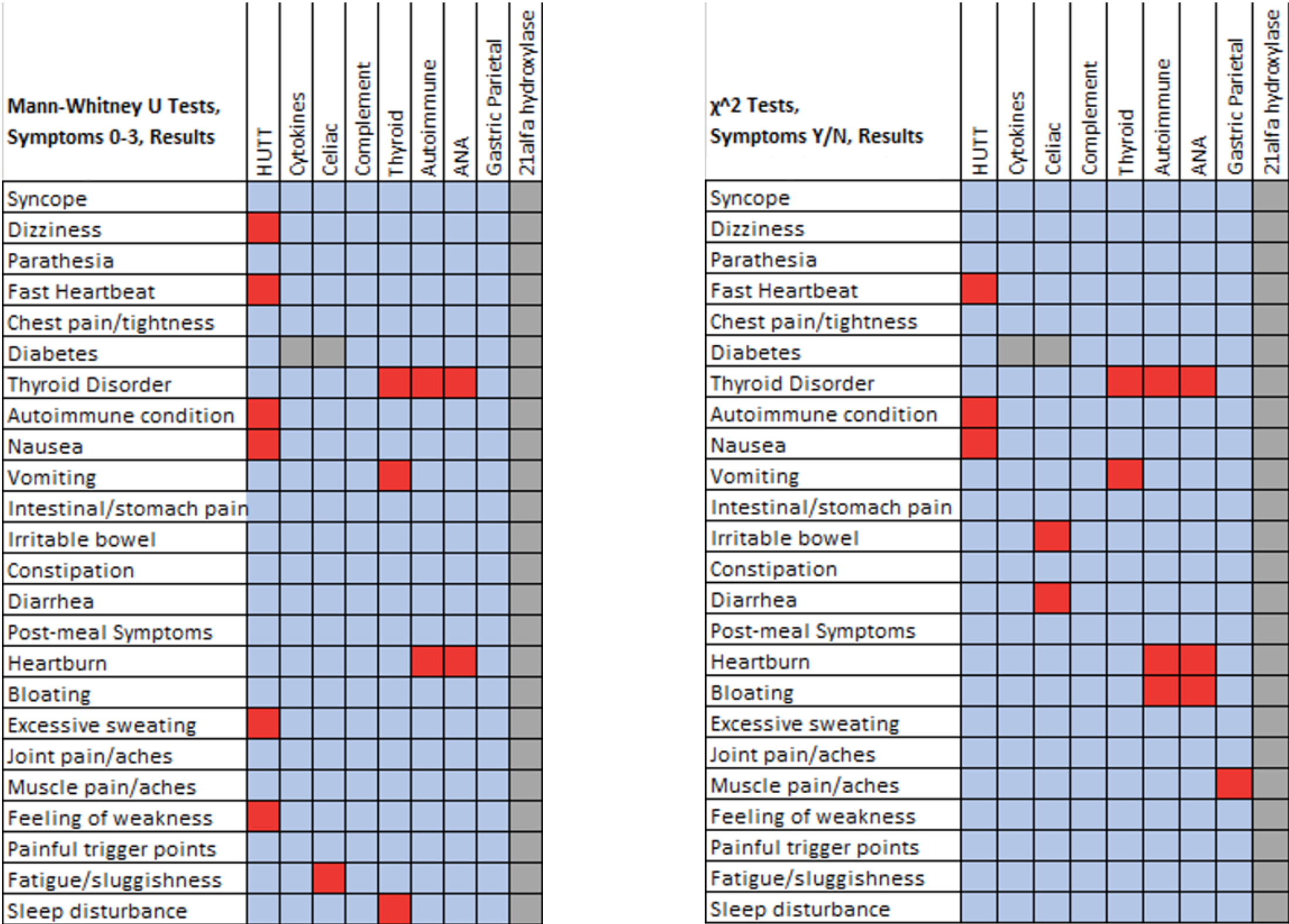Cardiology
Cardiology 1
209 - Orthostatic Intolerance Symptoms’ Association of Autoimmune Derangements in the Young Population
Saturday, April 29, 2023
3:30 PM - 6:00 PM ET
Poster Number: 209
Publication Number: 209.203
Publication Number: 209.203
Rafael Zonana Amkie, McGovern Medical School at the University of Texas Health Science Center at Houston, Houston, TX, United States; Mohammed Numan, McGovern Medical School at the University of Texas Health Science Center at Houston, Houston, TX, United States; Kaleigh Riggs, The University of Texas Health Science Center at San Antonio Joe R. and Teresa Lozano Long School of Medicine, Spring, TX, United States; Syed Shahrukh Hashmi, McGovern Medical School at the University of Texas Health Science Center at Houston, Houston, TX, United States

Rafael Zonana Amkie, MD (he/him/his)
Pediatric Cardiology Fellow
McGovern Medical School at the University of Texas Health Science Center at Houston
Houston, Texas, United States
Presenting Author(s)
Background:
Autonomic nervous system dysfunction in the young can lead to several symptoms of orthostatic intolerance (OI), syncope, dizziness, palpitations, GI discomfort, excessive sweating and fatigue. The relationship between OI symptoms and autoimmune derangement is not well understood in this young population.
Objective:
Our aim in this study is to explore the association of autoimmune derangements with clinical dysautonomia symptoms. Furthermore, to study gastric symptoms with specific autoimmune panels.
Design/Methods: Retrospective cohort review of 530 evaluated patients under 21 years of age with symptoms of autonomic dysfunction at the UT Health Science Center, Houston from 2011 to 2018. We studied the results of autoimmune panels (Cytokines, ANA, Gastric parietal cells, thyroglobulin, peroxidase, celiac, and hydroxylase antibodies) in OI patients. Additionally, we did regression analysis in each specific organ-system in relation to each autoimmune panel.
Results:
Of the 530 patients, 367 (70%) were female with a mean age at presentation between 13 to 18 years. Autoimmune panels were obtained in 64% of this population with abnormality seen in at least one panel in 76% of studied autoimmunity. Head up tilt table was performed in 80% of this population with 66.6% of patients showing a positive result.
Conclusion(s):
Orthostatic vitals and tilt-table test are widely available and considered well-established diagnostic tools for evaluating autonomic nervous system dysfunction. However, autoantibodies are a common finding in this group of patients, suggesting an autoimmune mechanism as a contributing cause; therefore, obtaining serum antibodies would be paramount to the initial assessment. Our study shows high prevalence of autoimmune abnormalities in OI and dysautonomia in young populations. Specific symptoms have association with specific autoantibodies. As well, higher severity of symptoms has more probability of autoimmune derangement. Physicians caring for these patients can utilize these facts during clinical management by obtaining these specific panels.

.png)
